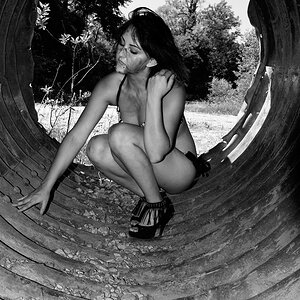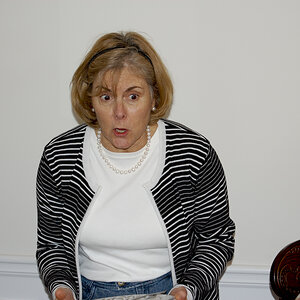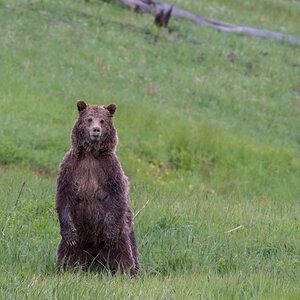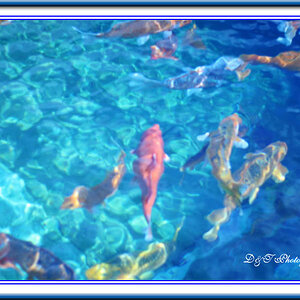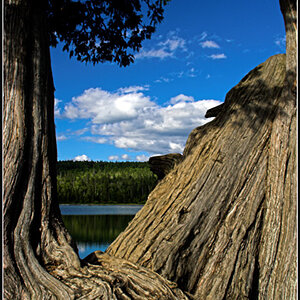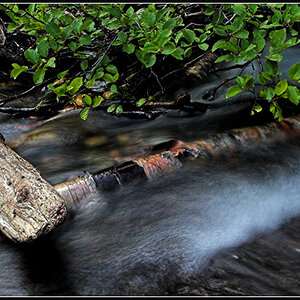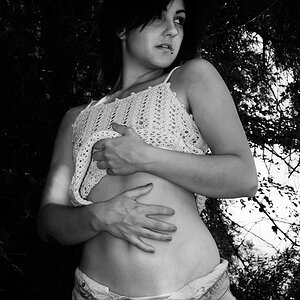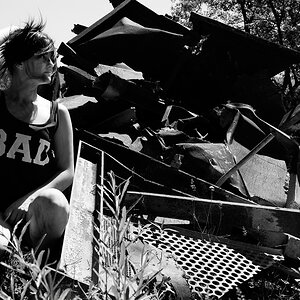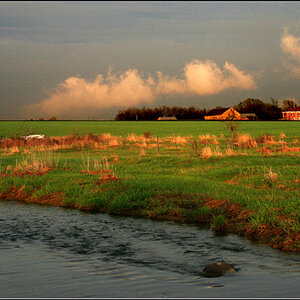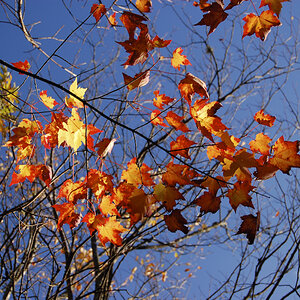dannylightning
Been spending a lot of time on here!
- Joined
- Mar 23, 2014
- Messages
- 2,322
- Reaction score
- 770
- Location
- Akron Ohio
- Can others edit my Photos
- Photos OK to edit
well i still find this hard to understand. it just sounds complicated when people explain it..
the only time i use auto ISO is when shooting with the 150-600mm lens and since flying birds often come into play here i guess i am trying to figure out what setting would be optimal for that.. 30s all the way up to 1/4000s or are my options
generally 1/1000 or 1/1250 are what i use for the shutter speed i usually do not go higher than that since i am shooting at F/8 most of the time with that lens.
any other lens i shoot in full manual.
the only time i use auto ISO is when shooting with the 150-600mm lens and since flying birds often come into play here i guess i am trying to figure out what setting would be optimal for that.. 30s all the way up to 1/4000s or are my options
generally 1/1000 or 1/1250 are what i use for the shutter speed i usually do not go higher than that since i am shooting at F/8 most of the time with that lens.
any other lens i shoot in full manual.



